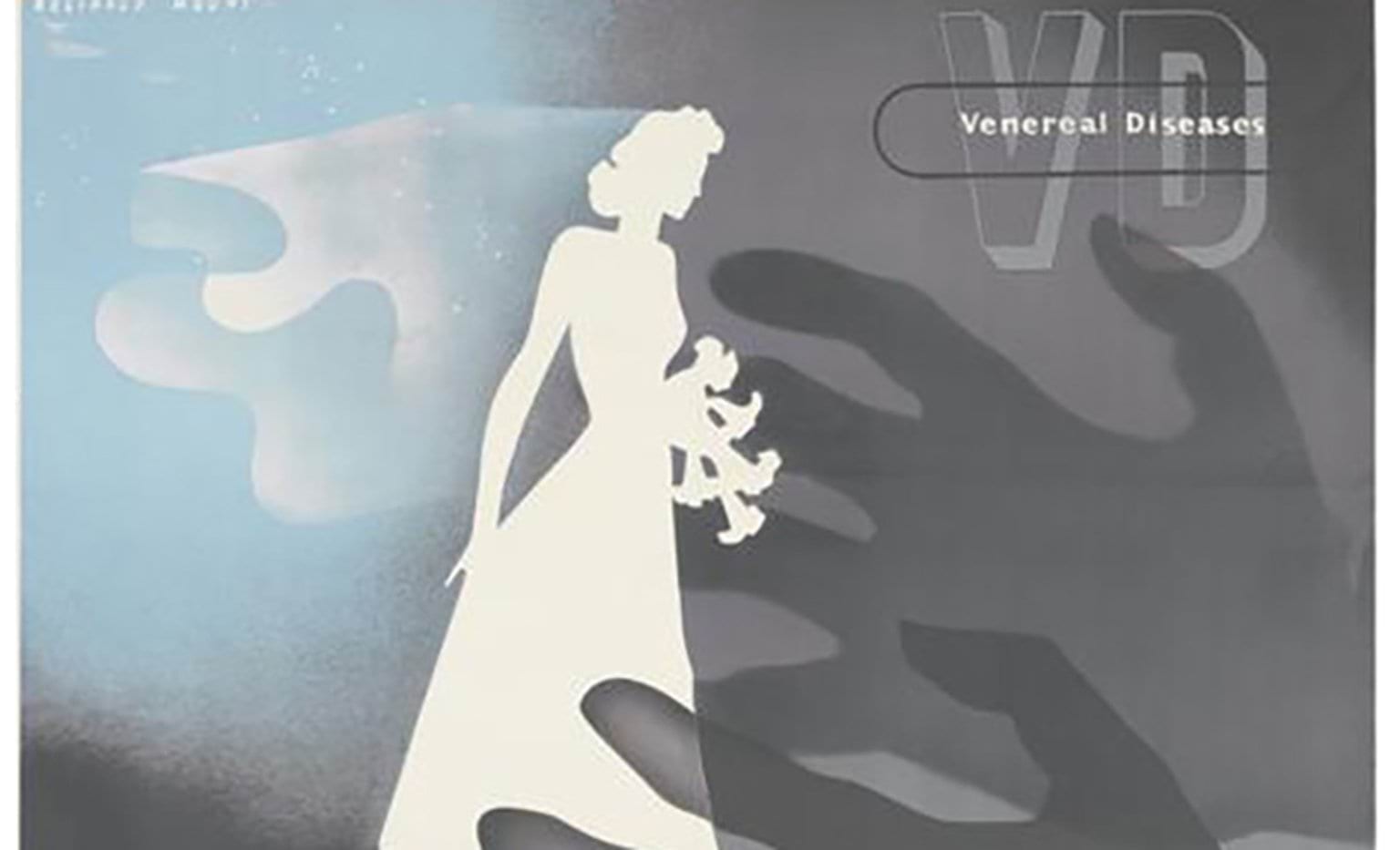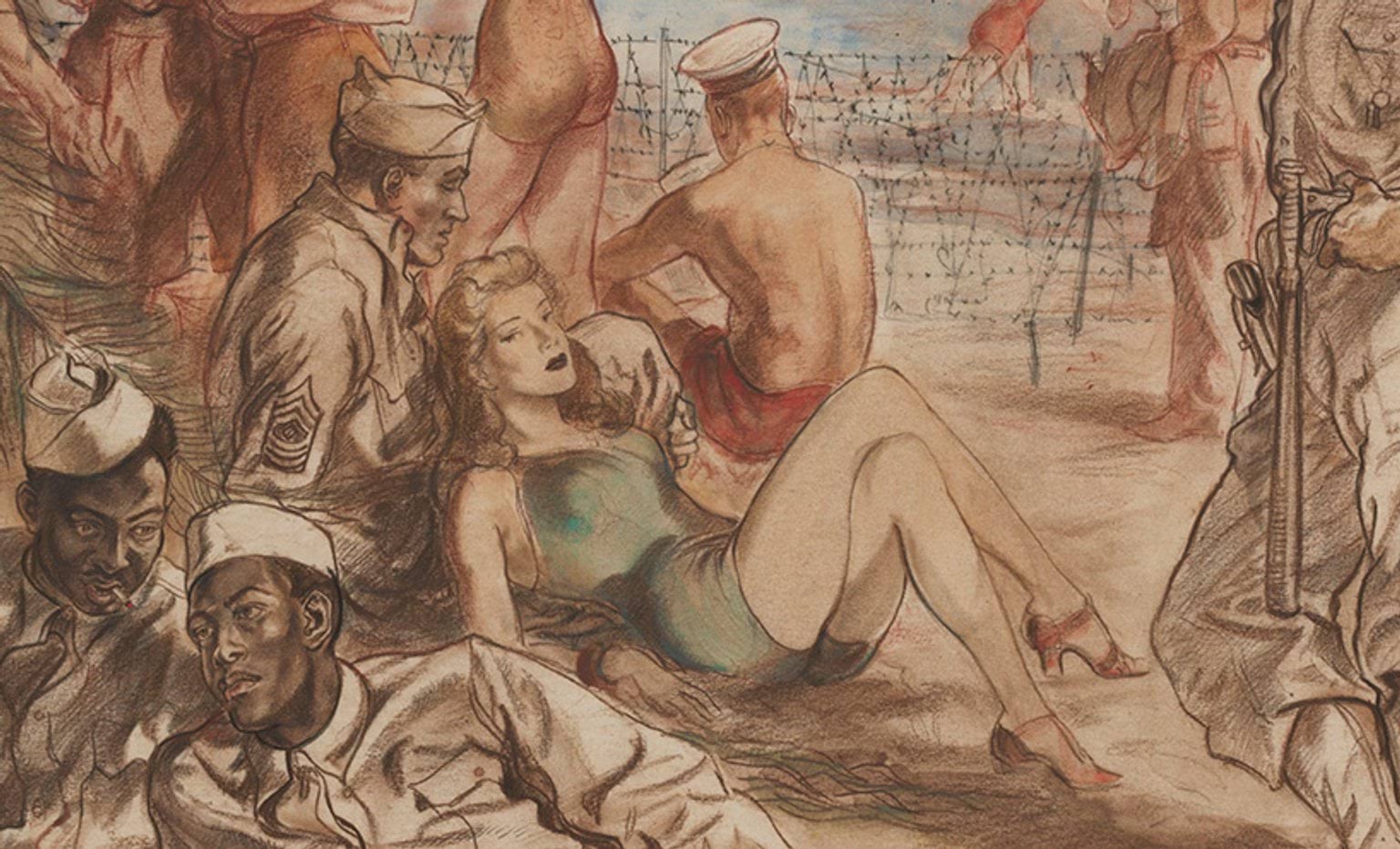Over 55,000 Australian soldiers were treated for gonorrhoea and syphilis during the First World War (1914–18), with many contracting these dangerous—albeit treatable—sexually transmitted infections (STIs) intentionally to avoid combat.
The military responded to venereal diseases (VDs), as they were then known, by establishing clinics, regulated brothels, frequent 'short arm parades (public genital examinations) and disciplinary measures (docked pay, courts martial and dishonourable discharges) for proven, or even suspected, malingerers.
Untreated VD could result in male and female infertility and congenital illness in babies; but treatment was often denied by judgemental medical professionals. Ballarat Hospital refused ‘immoral’ VD patients in 1916.
VD rates for Australian troops in the Second World War (1939–45) were two-thirds of those of from 1914-18 but 29 percent of occupation troops stationed in Japan after the war fell ill. Effective penicillin treatments after 1946 bred dangerous complacency and STI cases among Australian troops in Korea (1950–53), Malaya (1950–63) and Vietnam (1962–73) rose to 39, 41 and 48 percent of troops, respectively.
Discover related objects in LUST LOVE LOSS
Updated


